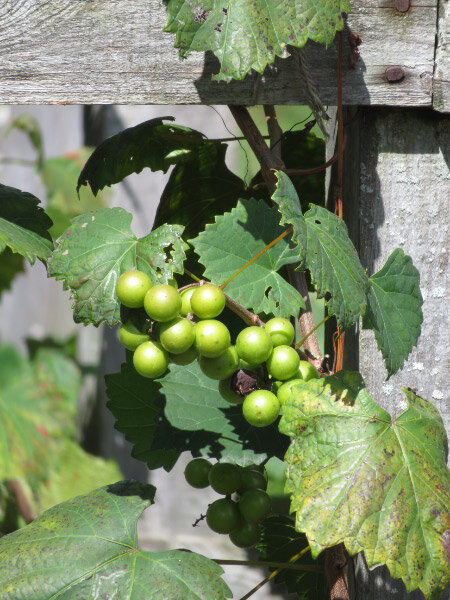Free eBooks – October 2019
/Beautiful images from 3 books published in the mid to late 1800s….
Takahashi, Eiji. Kodai moyo shikizu ko. Tokyo: Santokukai. 1850. Available from Internet Archive here. This book was a mix of scenes from nature and designs. I enjoyed both. The scene with herons reminded me of birds in the snow (I remembered years ago the Heron Cam at Cornell’s Sapsucker Pond showing a bird hunkered on their nest during a late season snow…keeping eggs warm. The design pages gave me lots of ideas for Zentangle® patterns!
Colling, James Kellaway. Examples of English mediaeval foliage and coloured decoration, taken from buildings of the twelfth to the fifteenth century. London: author and BT Batsford. 1874. Available from Internet Archive here. More potential Zentangle® patterns…and I like the botanical skew…so many leaf and petal shapes! Colling was an architect that was well known for his architectural and decoration drawings and art.
Picard, Edmond. El Moghreb al Aksa : une mission belge au Maroc. Bruxelles: F. Larcier. 1889. Available from Internet Archive here. The author was a Belgian jurist and writer…and patron of the arts. I happened upon this book about Morocco (written in French so I was browsing for the pictures) while the Arab world was in the news again with the Turkish surge into Syria. Of course, the scenes in much of the Arab world have changed considerable since the 1890s…and much of what was historically precious and valued by inhabitants is pockmarked or destroyed with weaponry that didn’t exist until well after the 1890s. The main emotion, even from afar, is sadness for the peoples and the places.
--
The Zentangle® Method is an easy-to-learn, relaxing, and fun way to create beautiful images by drawing structured patterns. It was created by Rick Roberts and Maria Thomas. "Zentangle" is a registered trademark of Zentangle, Inc. Learn more at zentangle.com.


































































































